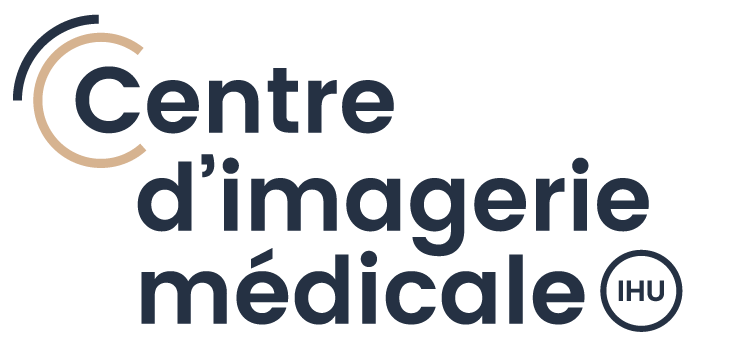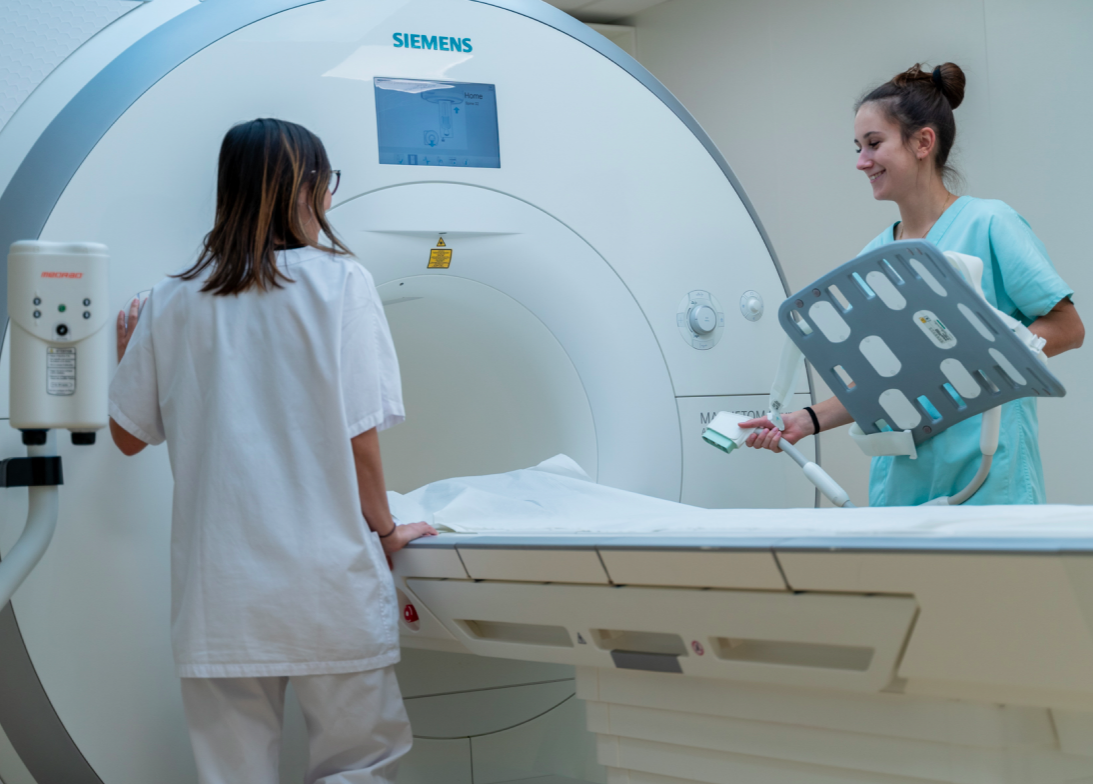Momentanément, le centre d’imagerie du GIE de l’IHU ne prend plus de rendez-vous.
Vous souhaitez accéder à vos résultats médicaux, cliquez ici
Nous vous remercions de bien vouloir vous adresser aux autres centres de Strasbourg et environs.
Les services d’imagerie des HUS Hôpitaux Universitaires de Strasbourg :
- Hôpital Civil (NHC) – IRM / Scanner :
📞 03 69 55 04 16 - Hôpital de Hautepierre – Scanner :
📞 03 88 12 78 74 - Hôpital de Hautepierre – IRM adulte :
📞 03 88 12 78 80
Les services d’imagerie privés :
- SIMSE (Société d’Imagerie Médicale Strasbourg Europe)
Adresse : 35 avenue du Rhin, 67100 Strasbourg (également 8 place Kléber)
Téléphone : 03 88 31 09 72 - MIM – Groupe d’Imagerie Médicale**
Adresse : 29 rue du Faubourg National, 67000 Strasbourg
Téléphone : 03 88 21 70 00 - Scanner & imagerie médicale Wilson**
Adresse : 30 rue du Faubourg de Saverne, 67000 Strasbourg
Téléphone : 03 88 52 52 00 - Scanner de l’Orangerie / IRM de l’Orangerie**
Adresse : 29 allée de la Robertsau, 67000 Strasbourg
Téléphone : 03 88 52 45 10 (scanner) ; IRM de l’Orangerie : 03 88 66 66 00

